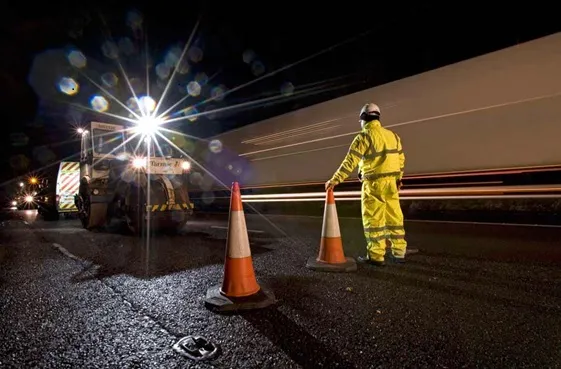Toll operator emovis has announced the launch of ‘the first reversible all electronic tolling system’, which is in use along Puerto Rico’s PR-22 highway. The two central lanes of the 10-lane wide mono-gantry can operate in either traffic direction without any human intervention. The gantry automatically detects the traffic direction and reconfigures the AET system accordingly. The system allows road operators to add an extra traffic lane in what is virtually real time while traffic continues to flow uninter
July 25, 2017
Read time: 1 min
Toll operator 8573 emovis has announced the launch of ‘the first reversible all electronic tolling system’, which is in use along Puerto Rico’s PR-22 highway.
The two central lanes of the 10-lane wide mono-gantry can operate in either traffic direction without any human intervention. The gantry automatically detects the traffic direction and reconfigures the AET system accordingly. The system allows road operators to add an extra traffic lane in what is virtually real time while traffic continues to flow uninterrupted.
During weekdays, the two reversible lanes are switched in the peak traffic direction in order to cope with the heavy commuter traffic which hovers around 140,000 vehicles per day.










